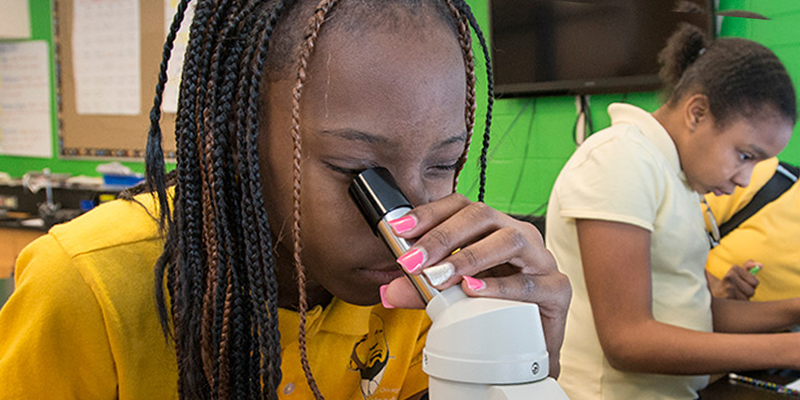Health Lab Can Vitamin D Reduce the Burden of COVID-19?
Equitable Access to Holistic Health Care Portfolio
COVID-19 is a common cause of lower respiratory tract infections in adults. A foundational meta-analysis in 2017 found a 70% reduction in viral respiratory tract infections among persons with vitamin D deficiency randomized to vitamin D treatment. Vitamin D is an inexpensive, widely available supplement that has minimal to no harmful side effects in lower doses, so offers promise for the prevention of respiratory infections, including COVID-19. Prior research indicates nearly half of the U.S. population is vitamin D deficient, with higher rates of deficiency among persons with darker skin and/or lower sun exposure, including those living in higher latitudes in the winter, nursing home residents, prisoners/detainees, and health care workers, who also have greater risk of COVID-19. A March 2020 operational analysis of University of Chicago Electronic Health Record data found that vitamin D deficient patients were twice as likely to test positive for COVID-19.
Two randomized controlled trials for adults were developed in partnership with Rush University.
-
National Institutes of Health Study: Participants were randomly selected to receive 400, 4,000, or 10,000 International Units (IUs) of vitamin D. Participants needed to live in the Chicagoland area due to periodic blood safety testing for high dosages of vitamin D.
-
Cures Within Reach Community Study: Participants self-enrolled online and were randomly selected to be sent via the mail either 400 or 4,000 IUs of vitamin D to take daily. This study was conducted remotely due to the lower doses of vitamin D and so participants could live anywhere in the country. Participants were recruited in the community and via social media. The Institute of Translational Medicine created targeted ads through The New Normal campaign to reach a broader audience through social media, including people from various racial/ethnic backgrounds and income groups.
Combined, the two studies enrolled over 2,000 participants. Both studies concluded participant recruitment and the research teams are working on analyzing, disseminating, and building on the results.





